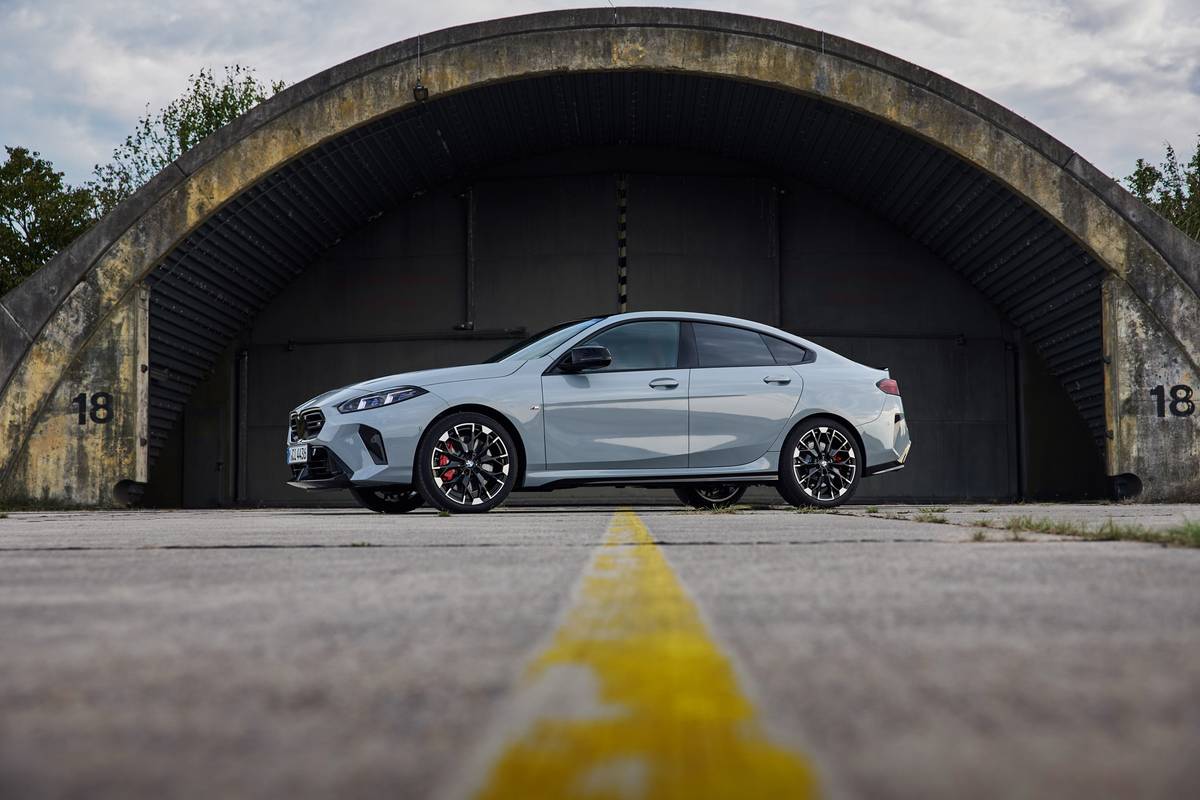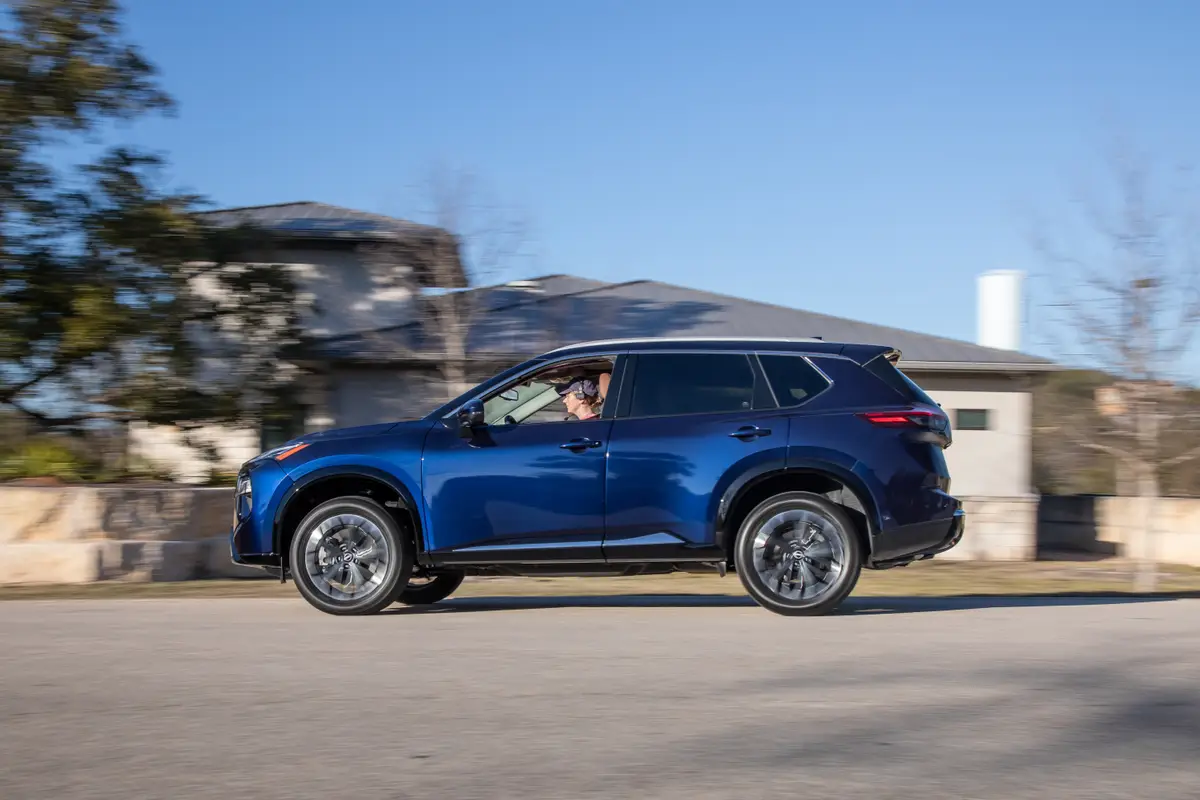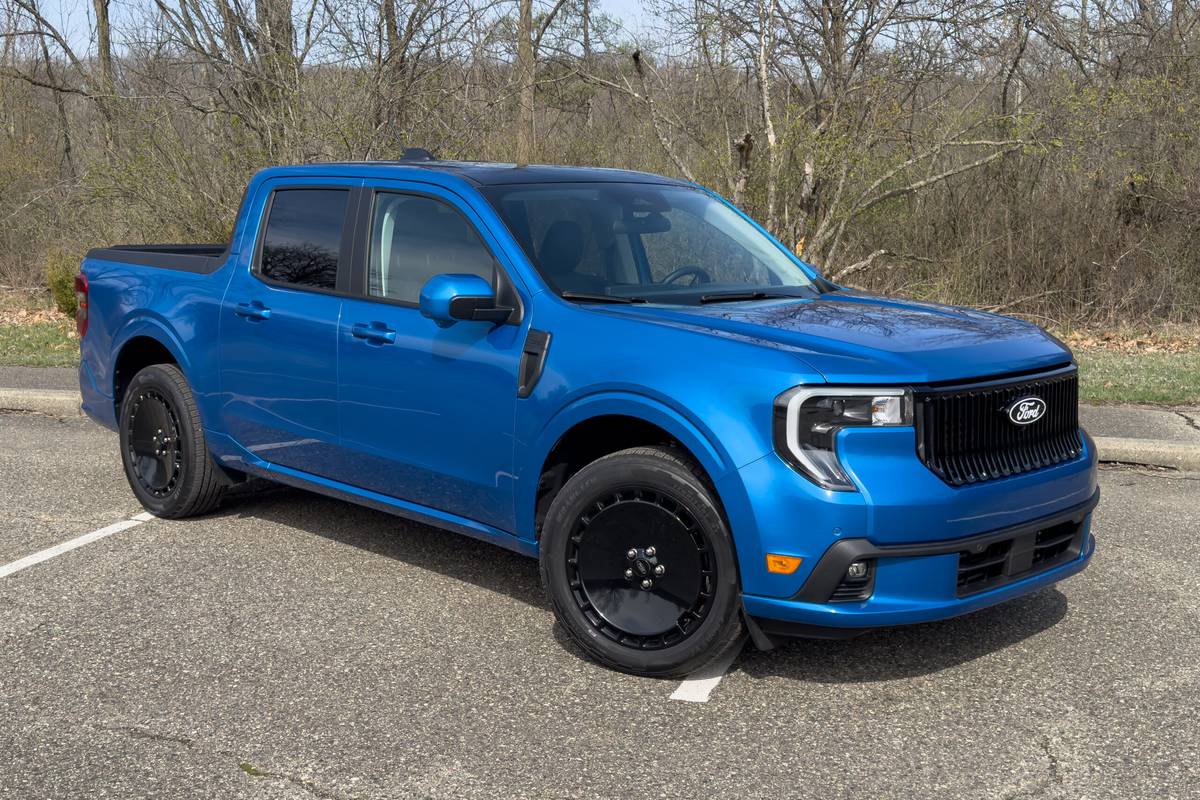Orlando Sentinel's view
Look, I’ll be honest with you. I don’t usually get excited about station wagons. I don’t have kids, and I don’t haul much cargo.
And if I did, I’d probably be driving a Mercury Villager or a Plymouth Voyager minivan.
A station wagon just isn’t the type of car I fancy. For me to like a station wagon, it would have to impress my passengers, handle like a sports sedan and be nice looking and fairly quick.
The Mitsubishi Diamante wagon did all of this – and more.
This car changes my mind about station wagons. The Diamante isn’t boring, slow and cumbersome.
With the Diamante, Mitsubishi has built a wagon that likely will appeal to those who like to do some serious driving when they are not hauling the kids to baseball practice. Performance
The Diamante wagon is powered by Mitsubishi’s smooth-running 3.0-liter V-6. This engine is a tame version of the power plant Mitsubishi uses in the mighty 3000GT VR4 sports coupe.
In the Diamante wagon, the 3.0-liter engine develops 175-horsepower. The car comes with a four-speed automatic transmission; no manual gearbox is offered.
The Diamante’s performance is not neck-snapping, but it is reasonably quick. The car weighs slightly more than 3,600 pounds.
From the start, acceleration is brisk up to about 45 mph, but once you reach that speed and the transmission shifts into fourth, it takes a few seconds to summon the power to pass slower traffic.
However, the transmission is exceptionally well-made. A computer linking the engine and transmission closes the throttle slightly when the transmission shifts into the next highest gear. The result is an almost seamless shift.
But the transmission does have a trait that I don’t like. When you shift from reverse into drive, you must make sure the car is completely stopped.
If the Diamante is rolling backward – even slightly – the car jerks into drive with such violence that it will cause the rear tires to chirp.
Fuel mileage was excellent. In combined city/highway driving with the air conditioner running, the test car returned an impressive 24 mpg. And with a fuel tank that holds nearly 19 gallons, the Diamante wagon has a range of better than 450 miles. Handling
Here’s why I like this car: You never feel as if you are driving a station wagon.
Over the road, the Diamante wagon has a firm ride, and the suspension system allows for sporting maneuvers, such as taking a long, sweeping curve at speed.
However, when driving slowly the Diamante bounces quite a bit. The bounce is especially noticeable when shifting from either forward to reverse or vice versa.
Braking is excellent – except when the anti-lock system is engaged. I feel as if the system kicks in too soon.
I tested the four-wheel disc brakes on a dirt road. A fairly light application of the pedal triggered the anti-lock brakes, and although the car was easy to control, it took a long time to bring the car to a sto p. I felt I could stop the car in a shorter distance without having ABS.
The power-assisted rack-and-pinion steering is close to perfect. It takes just the right amount of muscle to turn the wheel. You have a good feel for the road because the steering is responsive and sharp. Also, you can turn a circle in a respectable 36.7 feet. That’s not bad for a car of the Diamante’s size. Fit and finish
If the Diamante’s smooth performance and athletic road manners don’t win you over, the interior probably will.
The Diamante has one of the best interiors I’ve seen in a long time.
The smoothly curved dash is strikingly elegant and classy, yet simple – you can locate and operate all the switches and controls without having to spend time leafing through the owners manual.
The analog instruments (tachometer included) are easy-to-read and nicely styled. They are flanked on both sides by a row of warning lights.
I’ll give the Diamante credit for having the best-looki g artificial wood I’ve ever seen. I don’t usually like fake wood, but the dark brown imitation wood in the Diamante works.
The air conditioner is controlled by two roller-type knobs that allow the driver to select the temperature and fan speed. Controls for the wipers and cruise control are mounted on stalks on the steering wheel.
You don’t have to take your eyes off the road fumbling for switches to use most of the accessories. For instance, the buttons for the electric windows and the seat adjustments, are nicely labeled, cleanly designed and easily operated.
When the split rear seats are folded down and locked into place, the Diamante can carry 72.1 cubic feet of cargo.
Our test car came with cloth covered bucket seats that some might find uncomfortable – at least initially.
The seats are very firm. But I like them because they hold you in place when you hit the curves. And after you get used to them, they are fine.
There’s plenty of room front and rear, so even the largest passenger are likely to be comfortable.
All the test car needed was a power sunroof, which is an option.
Luxurious, sporty and well-built, the Diamante wagon is a car that could smash your image of the traditional station wagon.
Truett’s tip: The wagon version of Mitsubishi’s Diamante sports sedan offers good performance, great handling, plenty of room and exceptional value. It just may be the best wagon in its class.
Latest news


2025 Nissan Rogue Review: Keeping the Compact SUV Crown

